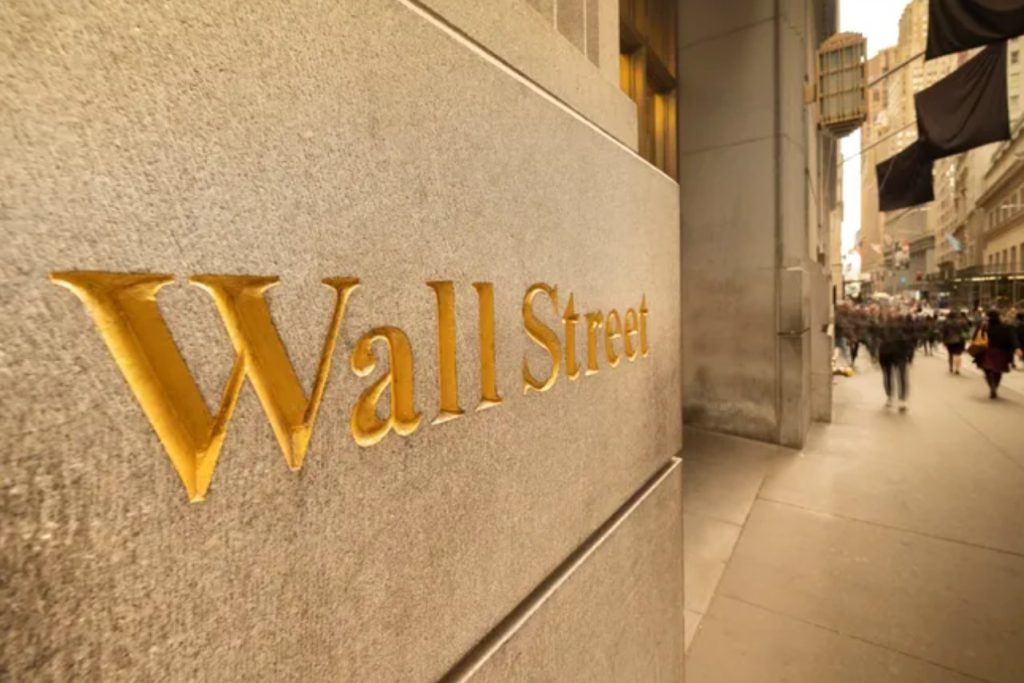
Stocks gave up an early rally and ended lower on Wall Street, marking their third losing week in a row.
Indexes had opened higher following a report on the job market that showed a moderate slowdown in hiring. That stoked cautious optimism that the Federal Reserve may not need to be as aggressive with high interest rates in its fight against inflation.
But the market turned lower in the afternoon after Russian energy giant Gazprom said it wouldn’t reopen a natural gas pipeline to Germany for now, a bad sign for Europe’s ongoing struggle with higher energy prices.
The S&P 500 fell 42.59 points, or 1.1%, to 3,924.26, Dow Jones Industrial Average shed 337.98 points, or 1.1%, to 31,318.44, and Nasdaq slumped 154.26 points, or 1.3%, to 11,630.86. The 10-year treasury yield closed softer at 3.195%.
U.S. stock markets are closed on Monday for the Labor Day holiday.
Jobs report sheds little insight into size of next Fed rate hike
Employers slowed their hiring in August, adding 315,000 jobs, down from 526,000 in July and below the average gain of the previous three months. The unemployment rate also rose to 3.7% from 3.5% in July. Average hourly pay jumped 5.2% last month from a year earlier, but slowed slightly from July to August. That’s a welcome sign in the inflation fight, as businesses typically pass the cost of higher wages on to their customers through higher prices.
Initially, the slowdown put traders in a buying mood, stoking cautious optimism that the Federal Reserve may not need to raise interest rates as aggressively in its ongoing bid to tame inflation.
Almost everyone expects the Fed to raise rates again later this month but whether the hike will be a half point or three-quarters of a point remains debatable.
Some economists said there might be enough signs in the jobs report the economy was gradually slowing that the Fed could take its foot off the gas and implement a half-point increase instead of a 75-basis-point one like it has in the last two meetings.
Other economists said the report still showed a strong labor market, which the Fed must weaken before inflation can drop meaningfully and take a pause.
“The Fed has more work to do if it wants to bring down price pressures,” said Oren Klachkin, Oxford Economics lead economist. “Job creation is strong, wage inflation is holding above 5%, and the labor market remains very tight. Given Fed Chair Powell’s hawkish rhetoric in Jackson Hole last week and that the next CPI (consumer price index) report should show renewed core price pressures, we continue to expect a 75-basis-point rate increase in September.”
All eyes on consumer price index next
The next CPI report is due on Sept. 13. If that shows a significant slowdown, that could settle the debate between whether September’s Fed meeting will bring a half- or three-quarters point rate increase.
July’s annual CPI rose 8.5%, which was still high but at least off the scorching 9.1% pace in June. Fed Chair Jerome Powell said last week that was an encouraging sign but reiterated that one month isn’t a trend and the Fed remained far from its 2% inflation goal.
Energy crisis grows
Friday’s afternoon market reversal came after Russian state-run energy giant Gazprom said a halt in natural gas supply through the Nord Stream 1 pipeline to Germany may be prolonged. The company cited the need for urgent maintenance work on the pipeline.
On Wednesday, Gazprom completely halted the flow of gas through the pipeline and said the stoppage would last for three days.
Separately, the Group of Seven wealthy countries that include the United States, United Kingdom. Germany, France, Italy, Canada, and Japan agreed to cap the price of Russian oil on global markets. And the Organization of Petroleum Exporting Countries meets on Sept. 5 to discuss production plans.
Oil prices closed higher on Friday.





























